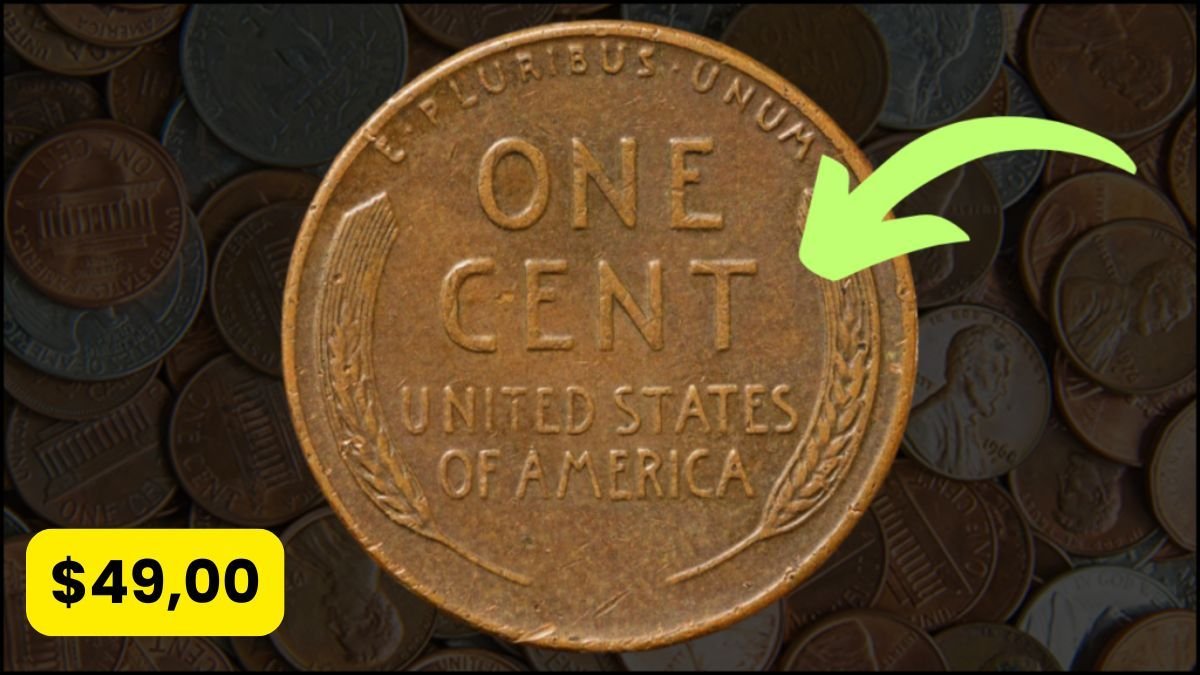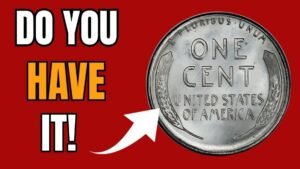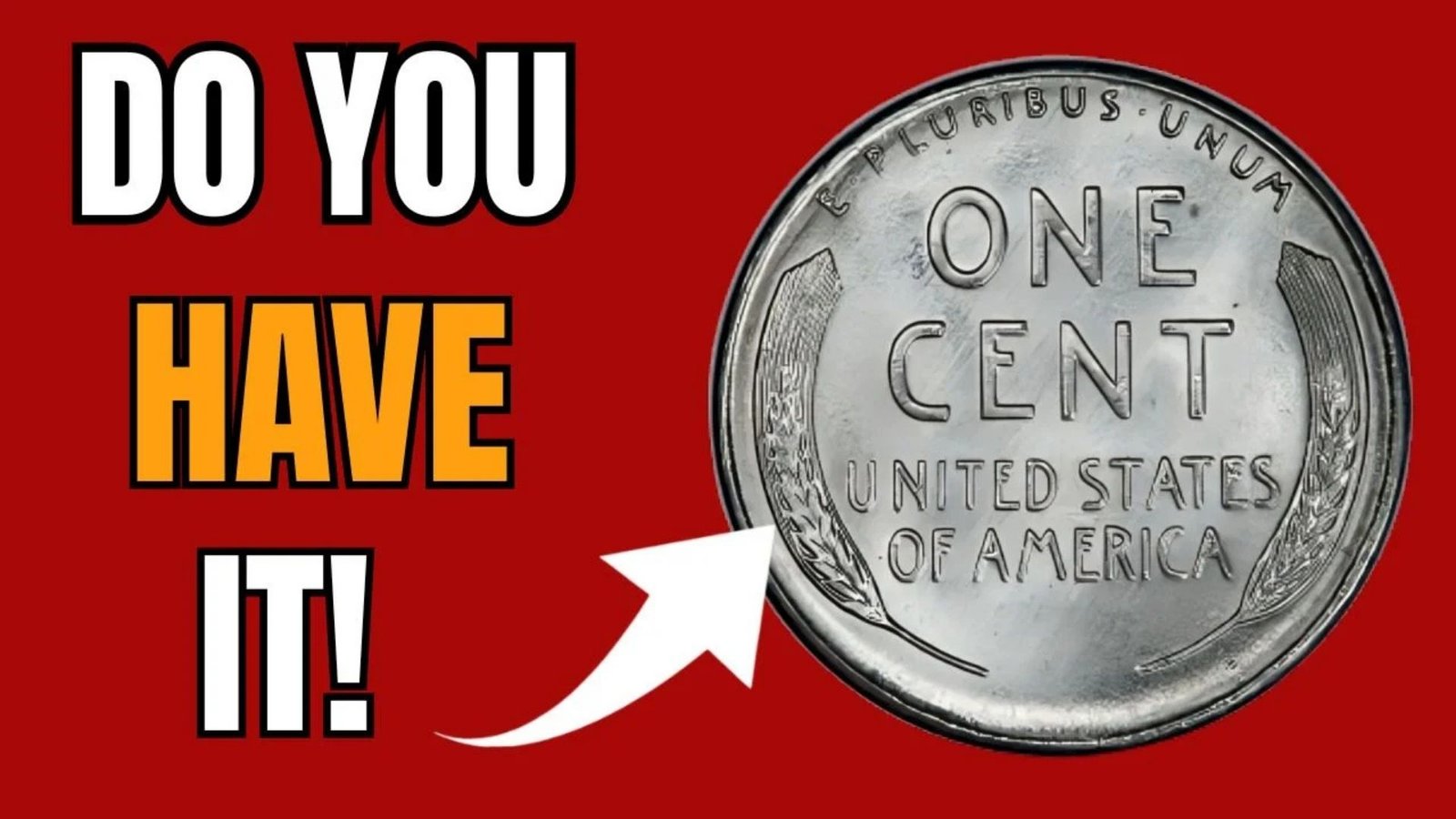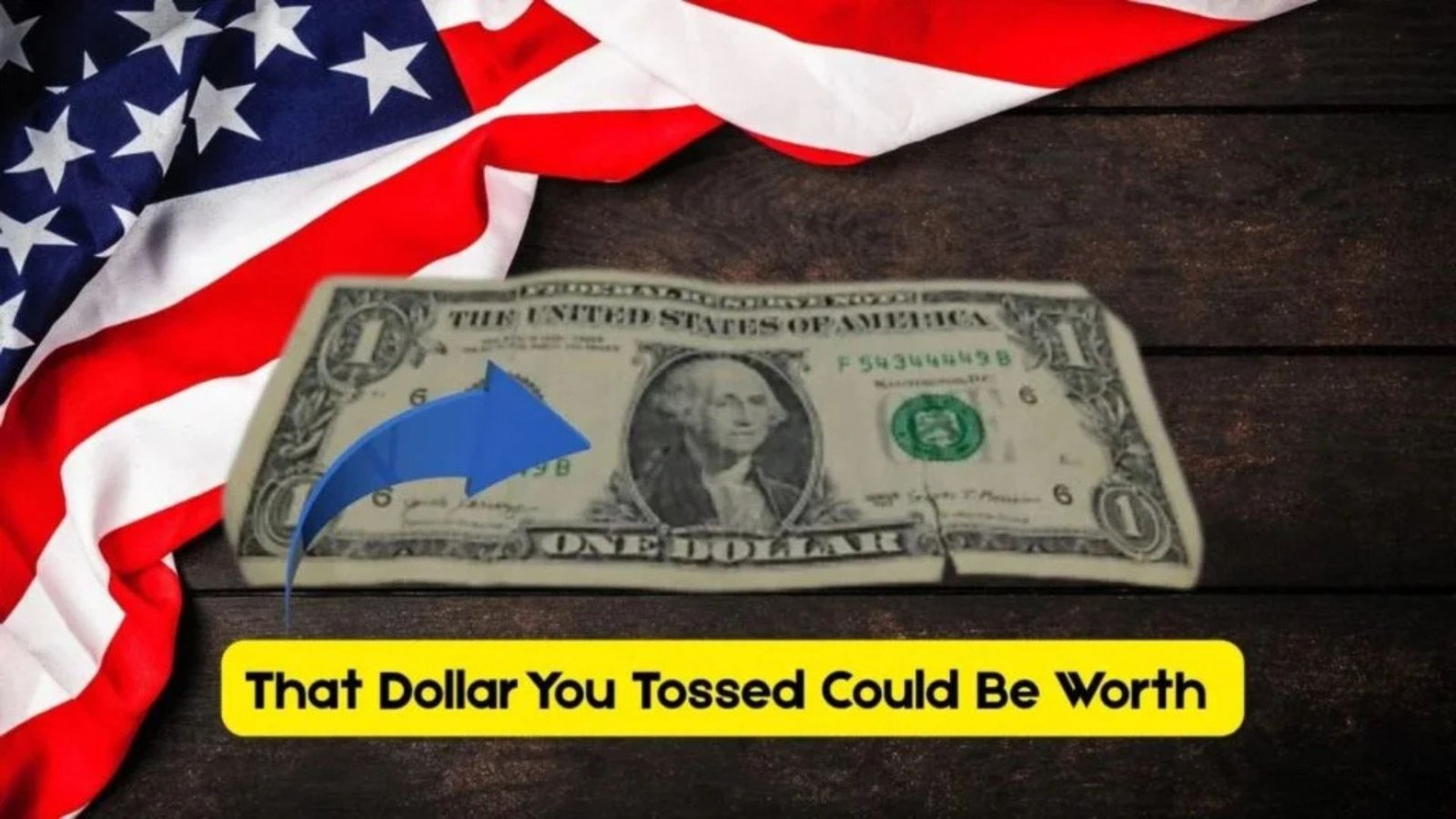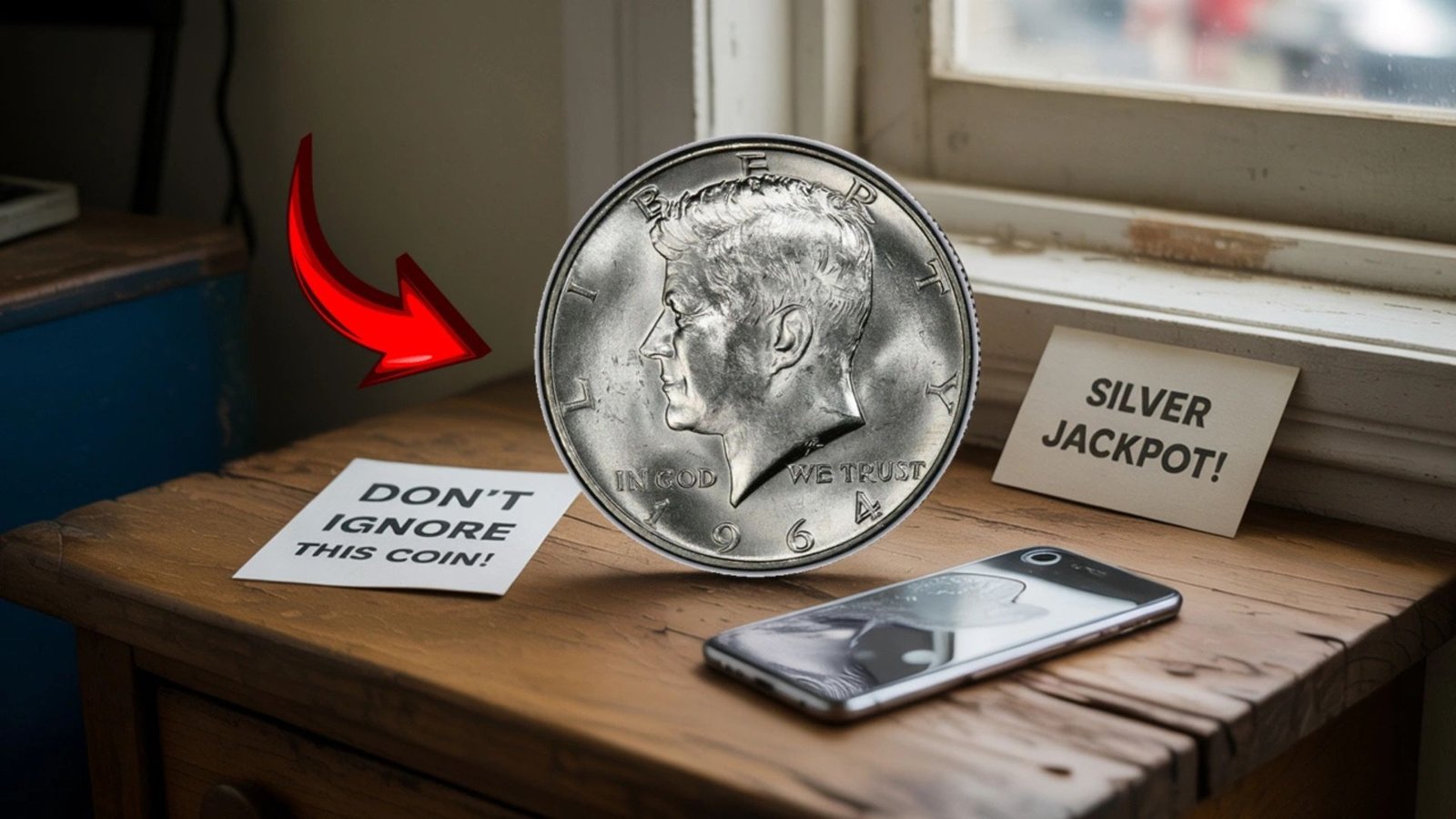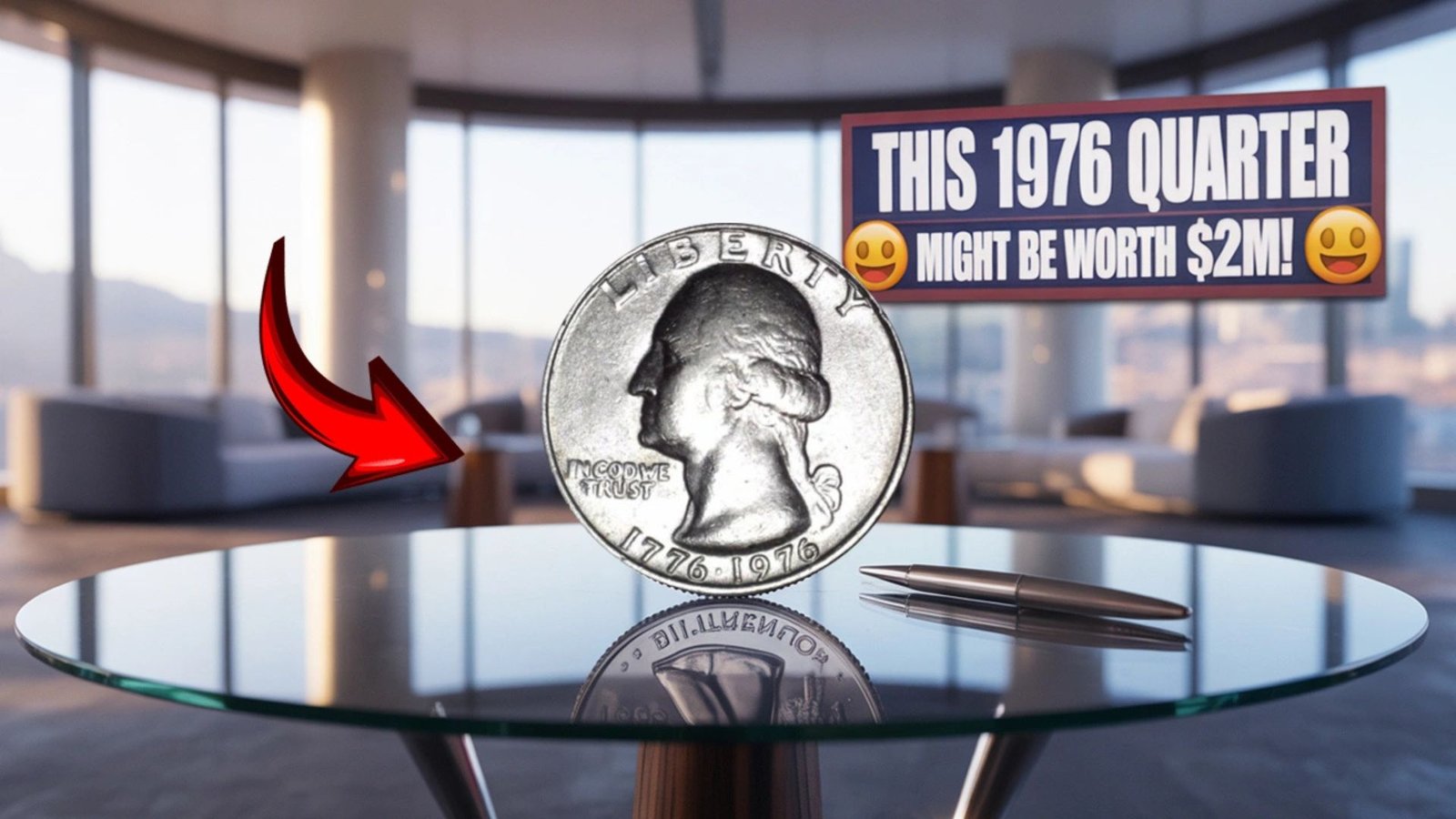The Lincoln Wheat Penny, a small coin with a big history, has captured the hearts of collectors and everyday people alike. Some of these pennies are valued at an astonishing $49,000 or more! But are these valuable coins still out there in circulation, waiting to be found in your pocket change? we’ll explore the fascinating world of the Lincoln Wheat Penny, its value, why certain ones are so rare, and whether you might stumble across one today. We’ve simplified the information, optimized it for search engines, and included key details to help you understand this exciting topic.
What Is the Lincoln Wheat Penny?
The Lincoln Wheat Penny is a U.S. one-cent coin produced by the United States Mint from 1909 to 1958. It’s named after the portrait of President Abraham Lincoln on the front (obverse) and the wheat stalks on the back (reverse). Designed by Victor David Brenner, this coin is iconic for its historical significance and unique design. Over the years, certain versions of this penny have become incredibly valuable due to their rarity, condition, or unique features.
Why Are Some Wheat Pennies So Valuable?
Not all Lincoln Wheat Pennies are worth $49,000, but specific ones stand out due to rare characteristics. Here’s why some of these coins fetch such high prices:
- Low Production Numbers: Some years had fewer pennies minted, making them harder to find.
- Minting Errors: Mistakes during production, like double-stamped designs or missing mint marks, create unique coins.
- Condition: Coins in excellent, uncirculated condition are worth more than worn ones.
- Historical Significance: Certain years or designs are tied to key moments in U.S. history, increasing their appeal.
The Most Valuable Lincoln Wheat Pennies
Some Lincoln Wheat Pennies are famous for their jaw-dropping values. Below is a table highlighting the most sought-after ones, their key features, and their estimated values based on condition and rarity.
| Year | Mint Mark | Key Feature | Estimated Value |
|---|---|---|---|
| 1909-S | S | First year, low mintage | $1,000 – $49,000+ |
| 1909-S | S VDB | Designer’s initials (VDB) on reverse | $10,000 – $100,000+ |
| 1914-D | D | Low mintage, high demand | $2,000 – $75,000+ |
| 1922 | No D | Missing “D” mint mark (error) | $5,000 – $50,000+ |
| 1931-S | S | Very low mintage | $500 – $20,000+ |
| 1943 | Bronze | Rare bronze error (most were steel) | $100,000 – $1M+ |
| 1955 | Double Die | Doubled design error | $1,000 – $50,000+ |
Understanding Mint Marks and Errors
- Mint Marks: These are small letters on the coin indicating where it was made (e.g., “S” for San Francisco, “D” for Denver, or no mark for Philadelphia). Rare mint marks, like the “S” on a 1909 penny, increase value.
- Minting Errors: Errors like the 1922 No “D” or the 1955 Double Die make coins unique. The 1943 bronze penny is a famous error because most pennies that year were made of steel due to wartime copper shortages.
Are Valuable Wheat Pennies Still in Circulation?
Yes, it’s possible to find valuable Lincoln Wheat Pennies in circulation, but it’s rare. Most high-value pennies have been collected over the decades, especially those in top condition. However, people occasionally discover them in old jars, inherited collections, or even pocket change. Here’s why they might still be out there:
- Hidden in Storage: Many pennies were stashed away in homes, forgotten in drawers, or stored in banks.
- Low Awareness: Some people don’t realize the coin in their hand is valuable and spend it like regular change.
- Circulation Longevity: Pennies can stay in circulation for decades, especially if they’re in good condition.
Where to Look for Wheat Pennies
If you’re hoping to find a valuable Lincoln Wheat Penny, here are some places to check:
- Pocket Change: Always inspect your coins before spending them.
- Coin Rolls: Buy rolls of pennies from banks and search through them.
- Estate Sales or Flea Markets: Old coin collections often turn up at these events.
- Inherited Items: Check family heirlooms or old piggy banks.
- Metal Detecting: Some hobbyists find old coins in parks or historical sites.
How to Identify a Valuable Wheat Penny
To determine if your penny is worth $49,000, you’ll need to examine it closely. Here’s a step-by-step guide:
- Check the Date: Look for key years like 1909, 1914, 1922, 1931, 1943, or 1955.
- Find the Mint Mark: Look below the date for a small “S” or “D.” No mint mark means it was made in Philadelphia.
- Inspect for Errors: Look for signs of double stamping or unusual materials (e.g., a 1943 penny that’s not steel).
- Assess Condition: Coins in mint or near-mint condition are worth more. Use a magnifying glass to check for wear.
- Get It Appraised: Take your coin to a professional coin dealer or grading service like PCGS or NGC for an expert opinion.
Tools You’ll Need
- Magnifying Glass: To spot small details like mint marks or errors.
- Coin Guidebook: Books like the “Red Book” (A Guide Book of United States Coins) list values and details.
- Grading Service: Professional graders can certify your coin’s authenticity and condition.
How to Sell a Valuable Wheat Penny
If you find a potentially valuable penny, here’s how to sell it:
- Get It Graded: Professional grading services like PCGS or NGC will evaluate and certify your coin, increasing its market value.
- Visit a Coin Dealer: Local dealers can offer appraisals or buy your coin directly.
- Auction Houses: Reputable auction sites like Heritage Auctions specialize in rare coins.
- Online Marketplaces: Platforms like eBay allow you to sell directly, but be cautious of fees and scams.
- Coin Shows: Attend local or national coin shows to connect with buyers and collectors.
Tips for Safe Selling
- Research recent sales of similar coins to set a fair price.
- Avoid cleaning your coin, as this can lower its value.
- Work with trusted buyers to avoid fraud.
Why Collectors Love Lincoln Wheat Pennies
The Lincoln Wheat Penny isn’t just about money—it’s a piece of American history. Introduced in 1909 to celebrate Lincoln’s 100th birthday, it was the first U.S. coin to feature a president’s portrait. The wheat stalk design also reflects America’s agricultural roots. Collectors are drawn to the coin’s story, rarity, and the thrill of finding a treasure in everyday change.
Historical Significance
- 1909: Marked the centennial of Lincoln’s birth and the first year of the penny.
- 1943: Most pennies were steel due to World War II, making bronze versions extremely rare.
- 1955 Double Die: A famous error that created a visually striking doubled image.
SEO Tips for Coin Enthusiasts
To make this article easy to find online, we’ve optimized it with keywords like “Lincoln Wheat Penny value,” “rare pennies in circulation,” and “valuable Wheat Pennies.” Here are some tips for readers searching for more coin-related information:
- Use specific search terms like “1909-S VDB penny value” or “1943 bronze penny.”
- Join online forums like CoinTalk or Reddit’s r/coins for tips and updates.
- Follow coin blogs or YouTube channels dedicated to numismatics (coin collecting).
Conclusion
The Lincoln Wheat Penny is more than just pocket change—it’s a potential goldmine for those who know what to look for. While finding a $49,000 penny in circulation is unlikely, it’s not impossible. By checking your change, learning about key dates and errors, and getting professional appraisals, you could uncover a hidden treasure. Whether you’re a collector or just curious, the hunt for these rare coins is an exciting journey into America’s numismatic history. Start looking today—you never know what you might find!
Frequently Asked Questions (FAQs)
1. Can I still find a valuable Lincoln Wheat Penny in circulation?
Yes, it’s possible but rare. Most valuable pennies have been collected, but some still appear in change, old collections, or forgotten stashes.
2. What makes a Wheat Penny worth $49,000?
Rare years (like 1909-S or 1914-D), minting errors (like 1943 bronze or 1955 Double Die), and excellent condition can drive a penny’s value to $49,000 or more.
3. How do I know if my penny is valuable?
Check the date, mint mark, and condition. Look for errors like double stamping or unusual materials. Get it appraised by a professional if you suspect it’s rare.
4. Where can I sell a valuable Wheat Penny?
You can sell to coin dealers, at auction houses, online marketplaces like eBay, or at coin shows. Always get the coin graded first to maximize value.
5. Should I clean my Wheat Penny before selling?
No, cleaning can damage the coin and lower its value. Leave it as is and let professionals handle it.
6. What’s the rarest Lincoln Wheat Penny?
The 1943 bronze penny is one of the rarest, with values reaching $1 million in top condition due to its unique error.
7. How can I start collecting Wheat Pennies?
Begin by checking pocket change, buying coin rolls from banks, or visiting coin shops. Invest in a magnifying glass and a guidebook to learn more.

